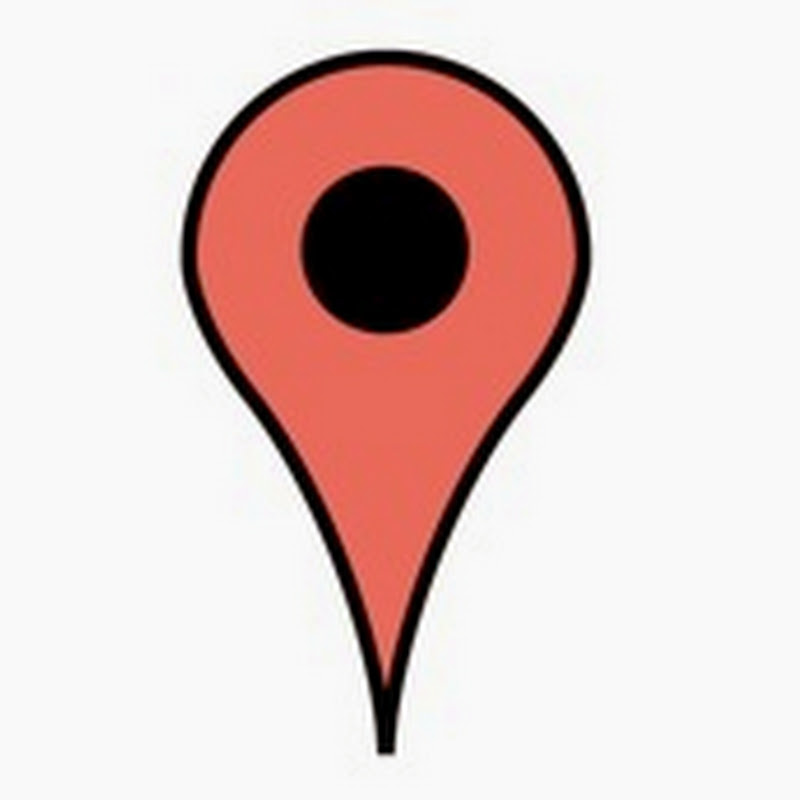
On a recent trip to the Natural History Museum, London, the subject of DNA barcoding came up, and I got the clear impression that people at the NHM thought classical DNA barcoding was pretty much irrelevant, given recent developments in sequencing technology. For example, why sequence just COI when you can use shotgun sequencing to get the whole mitogenome? I was a little taken aback, although this is a view that's getting some traction, e.g.





